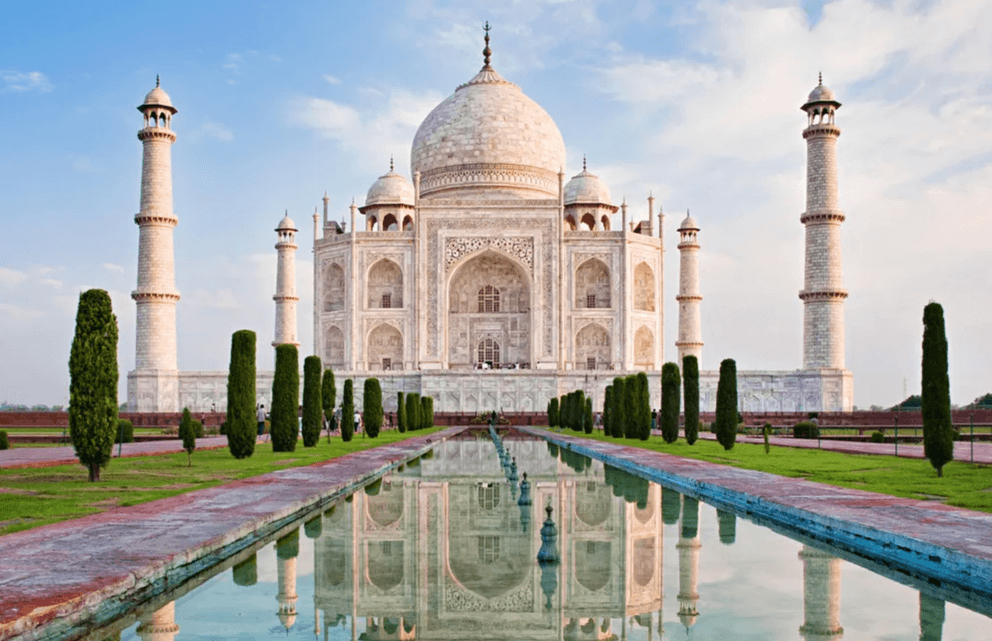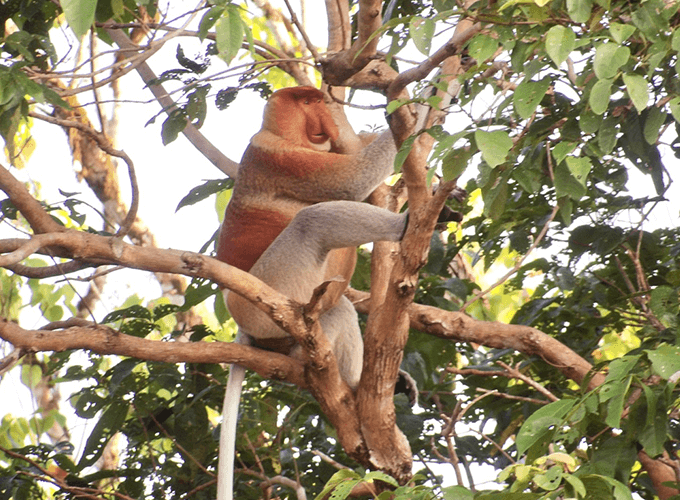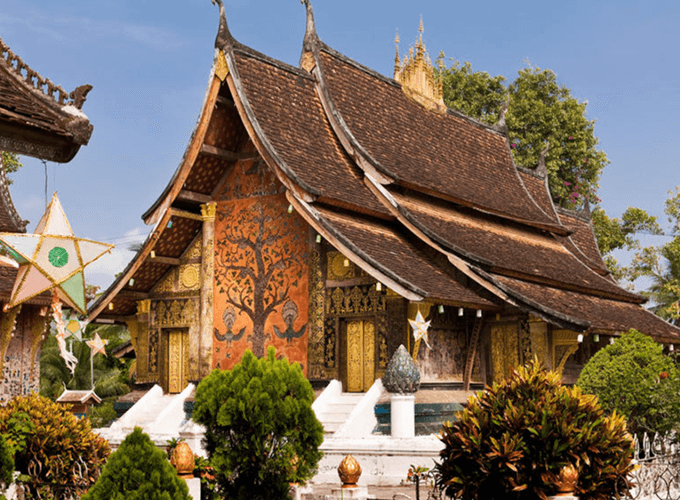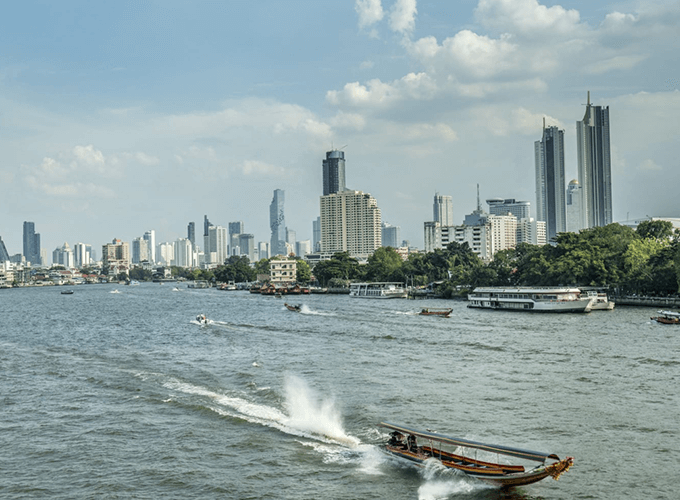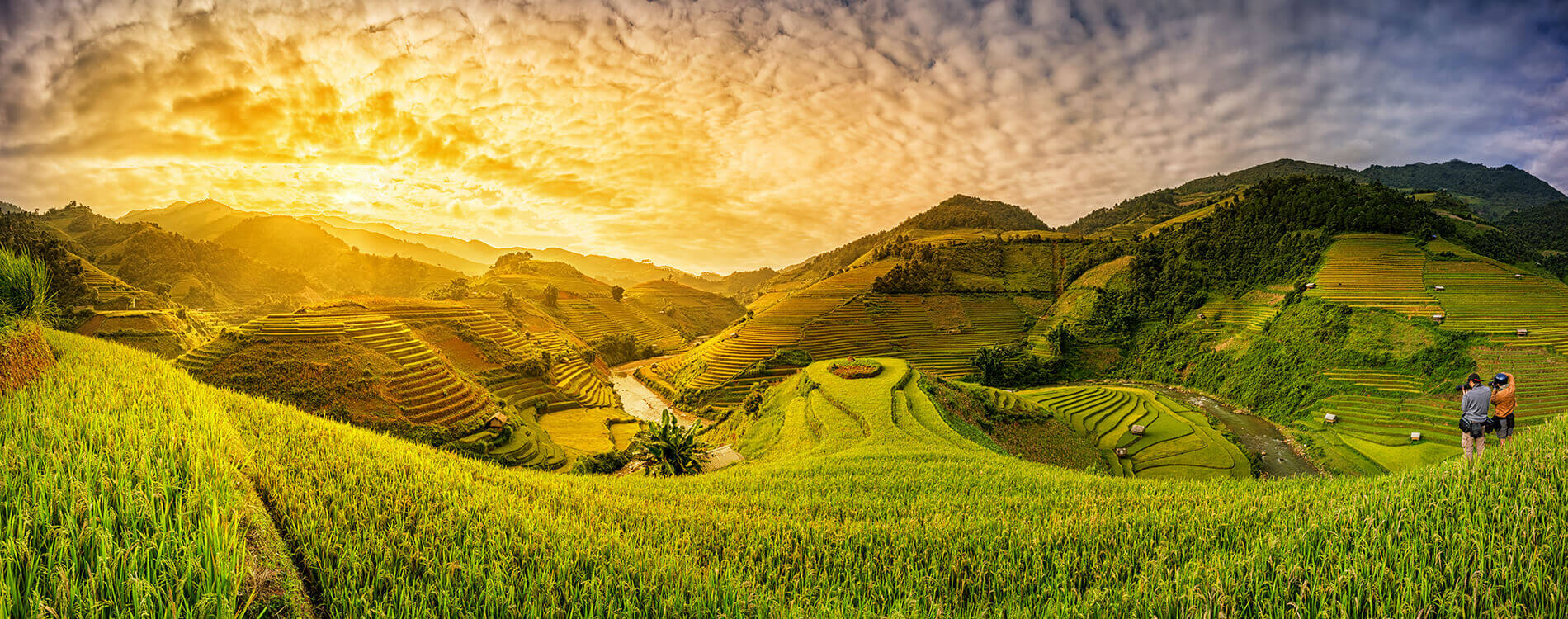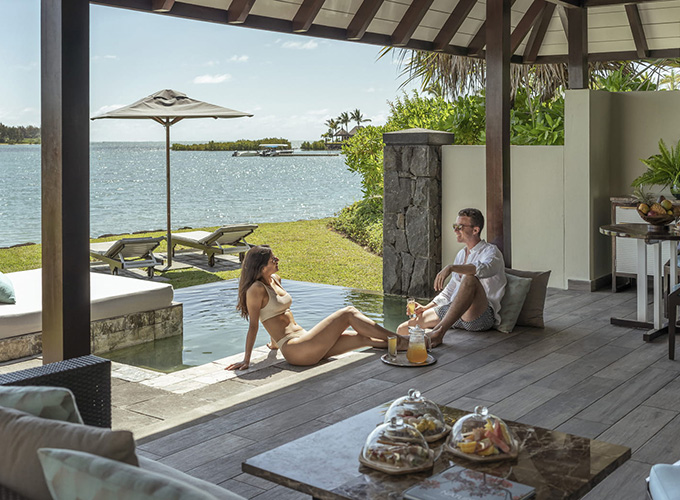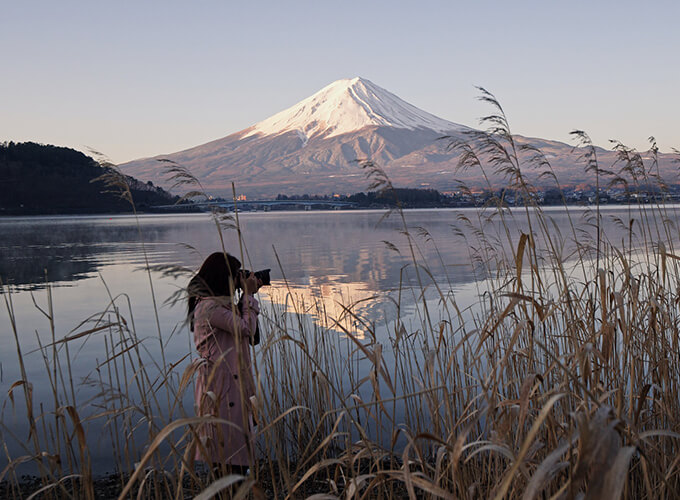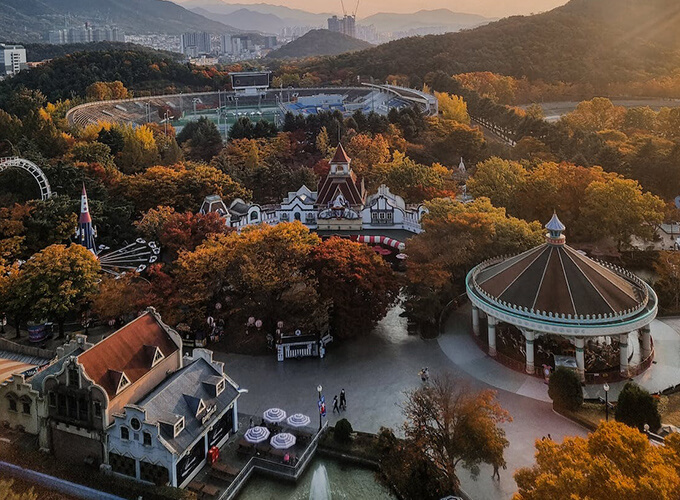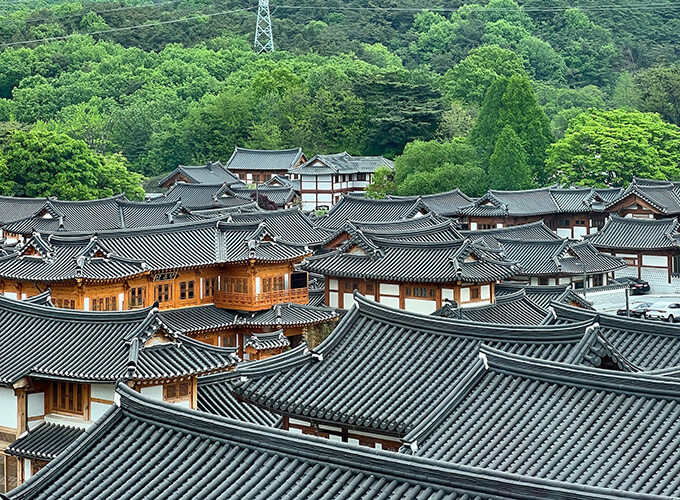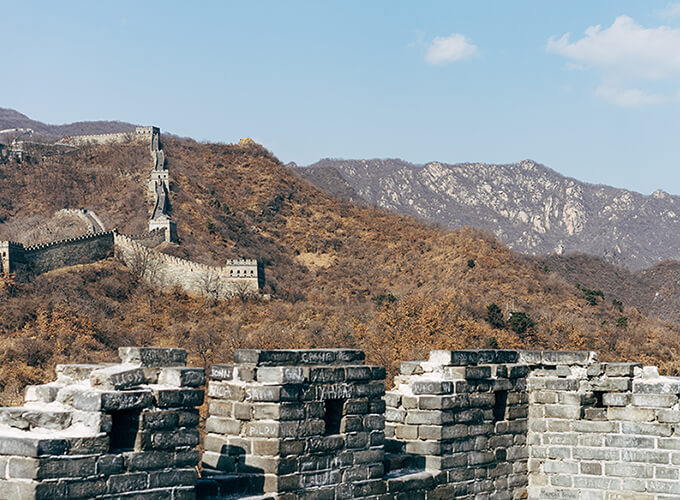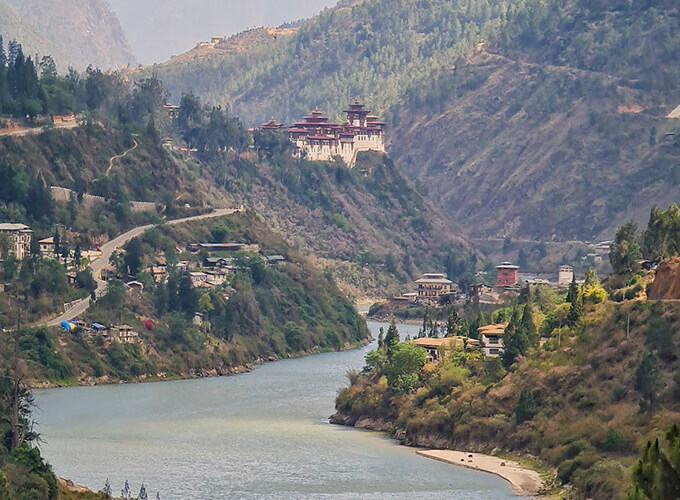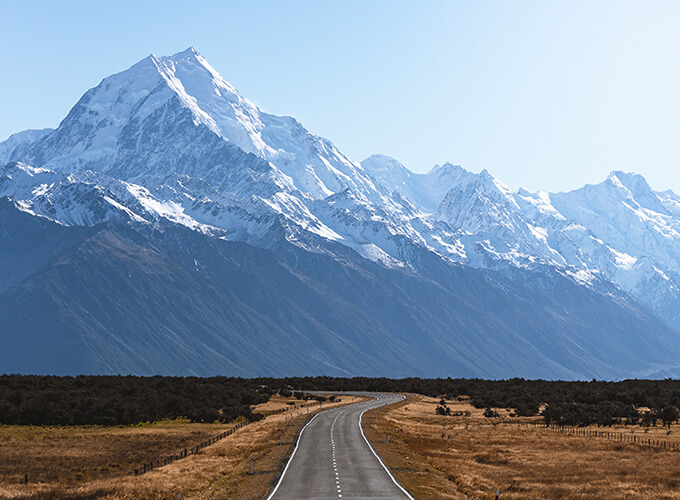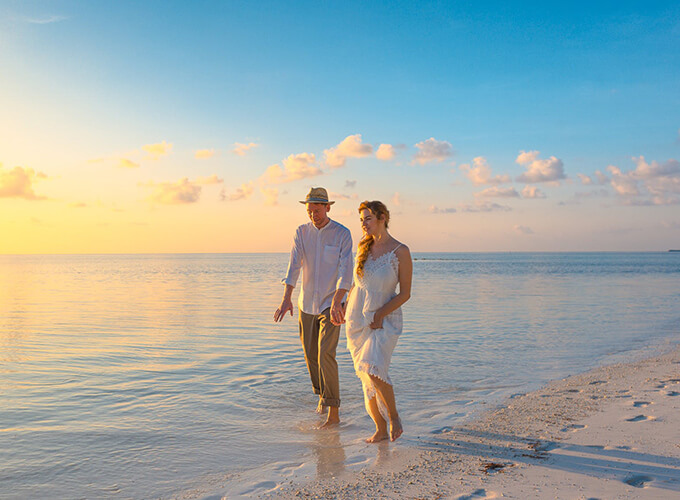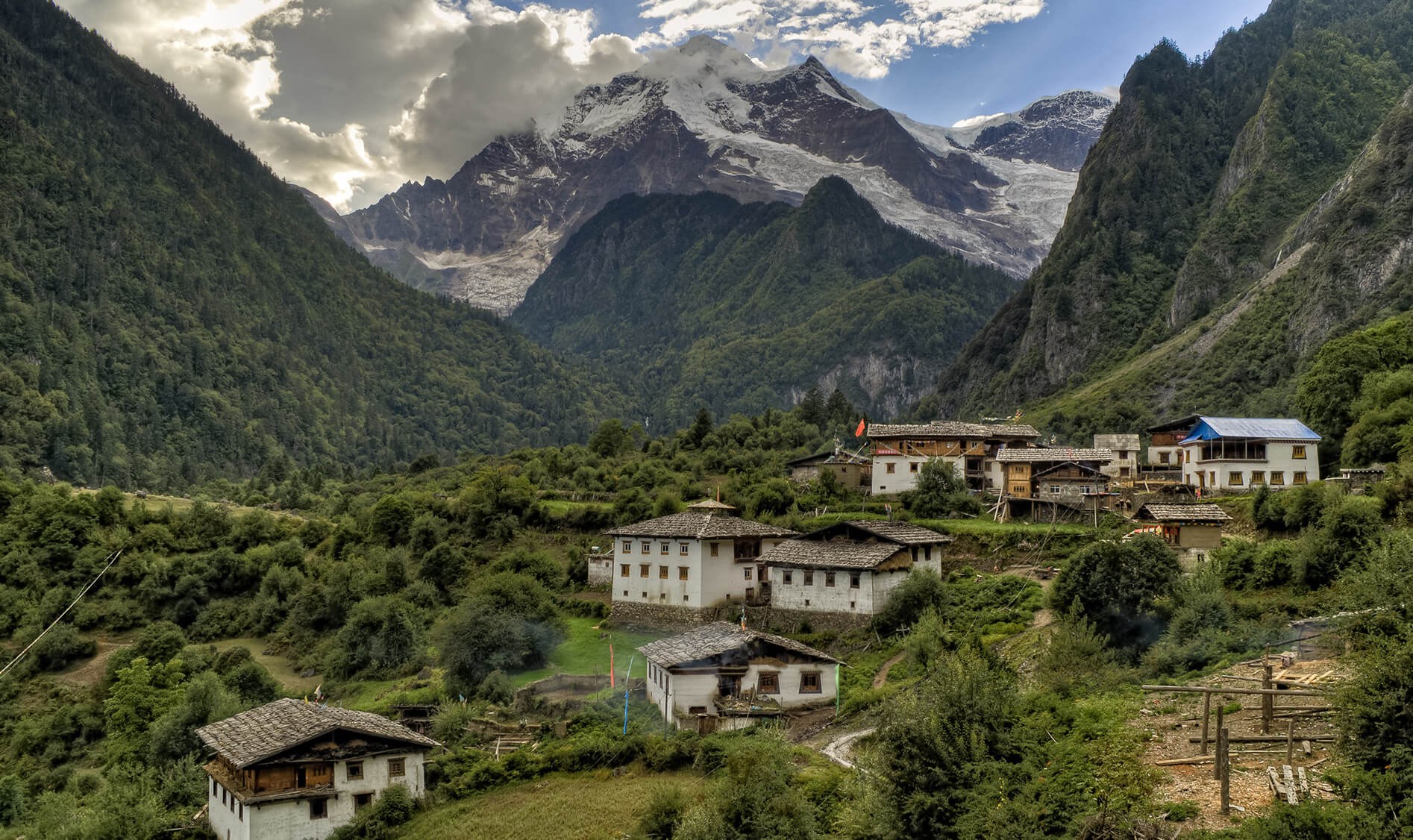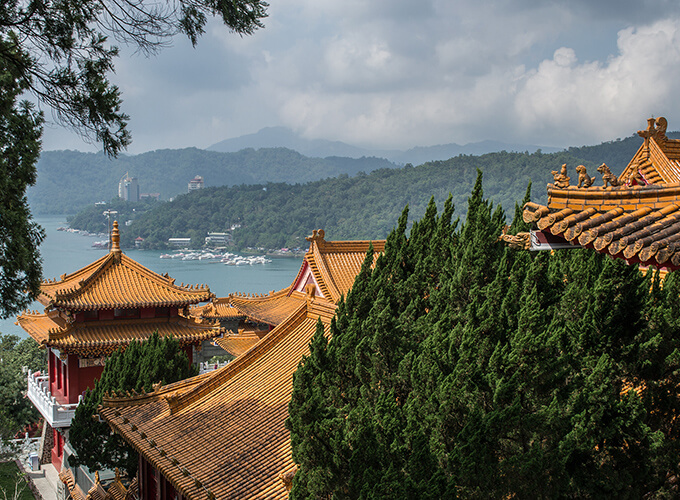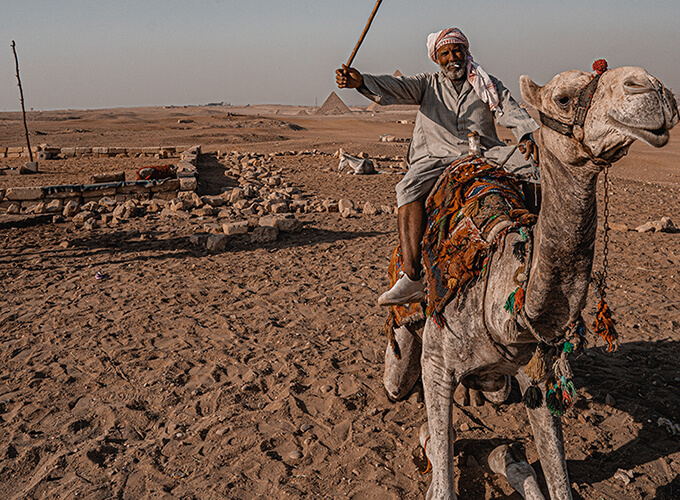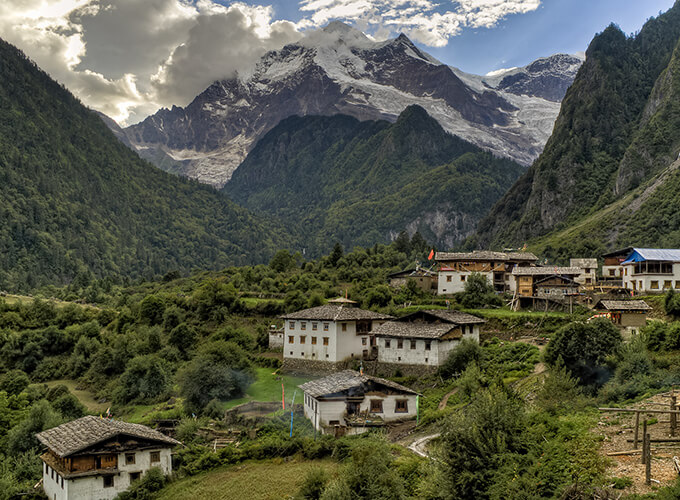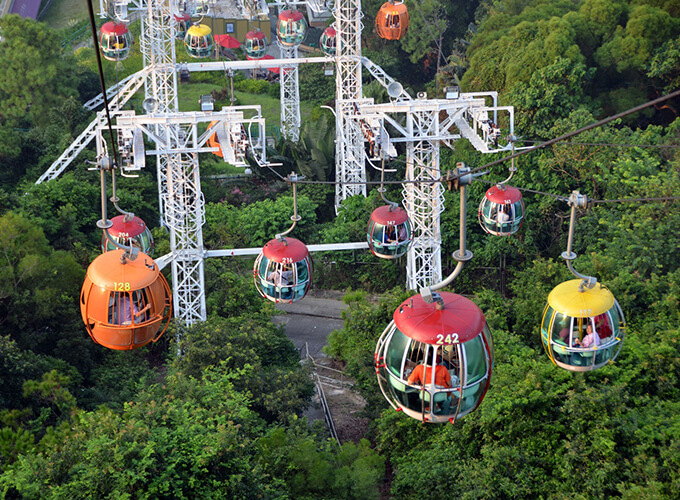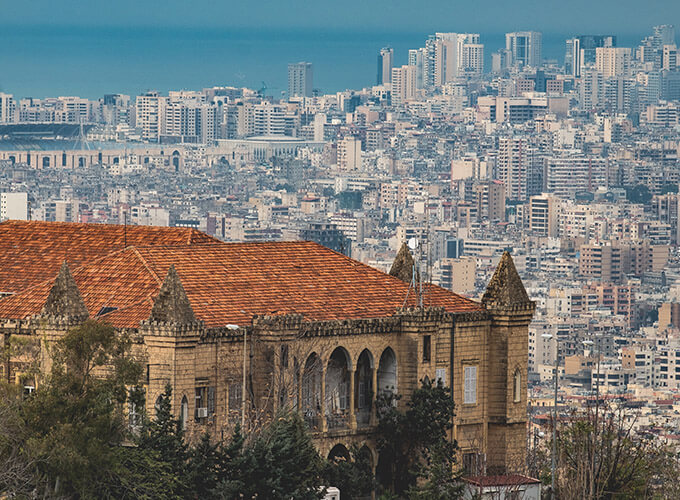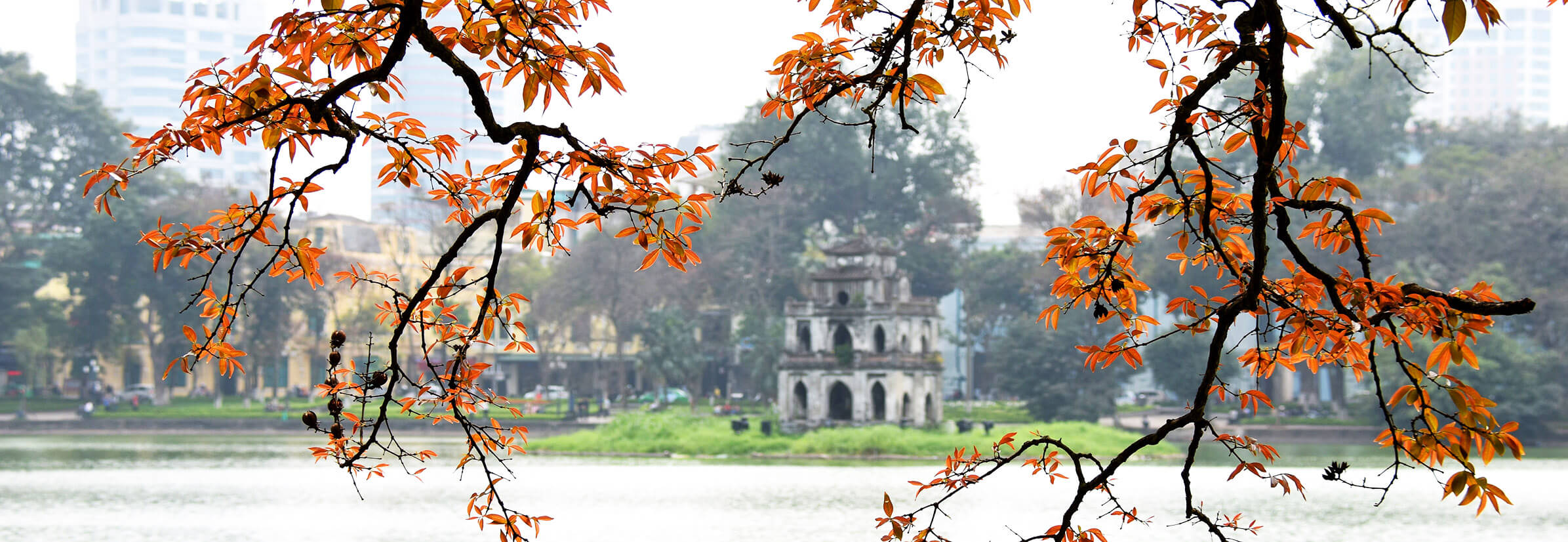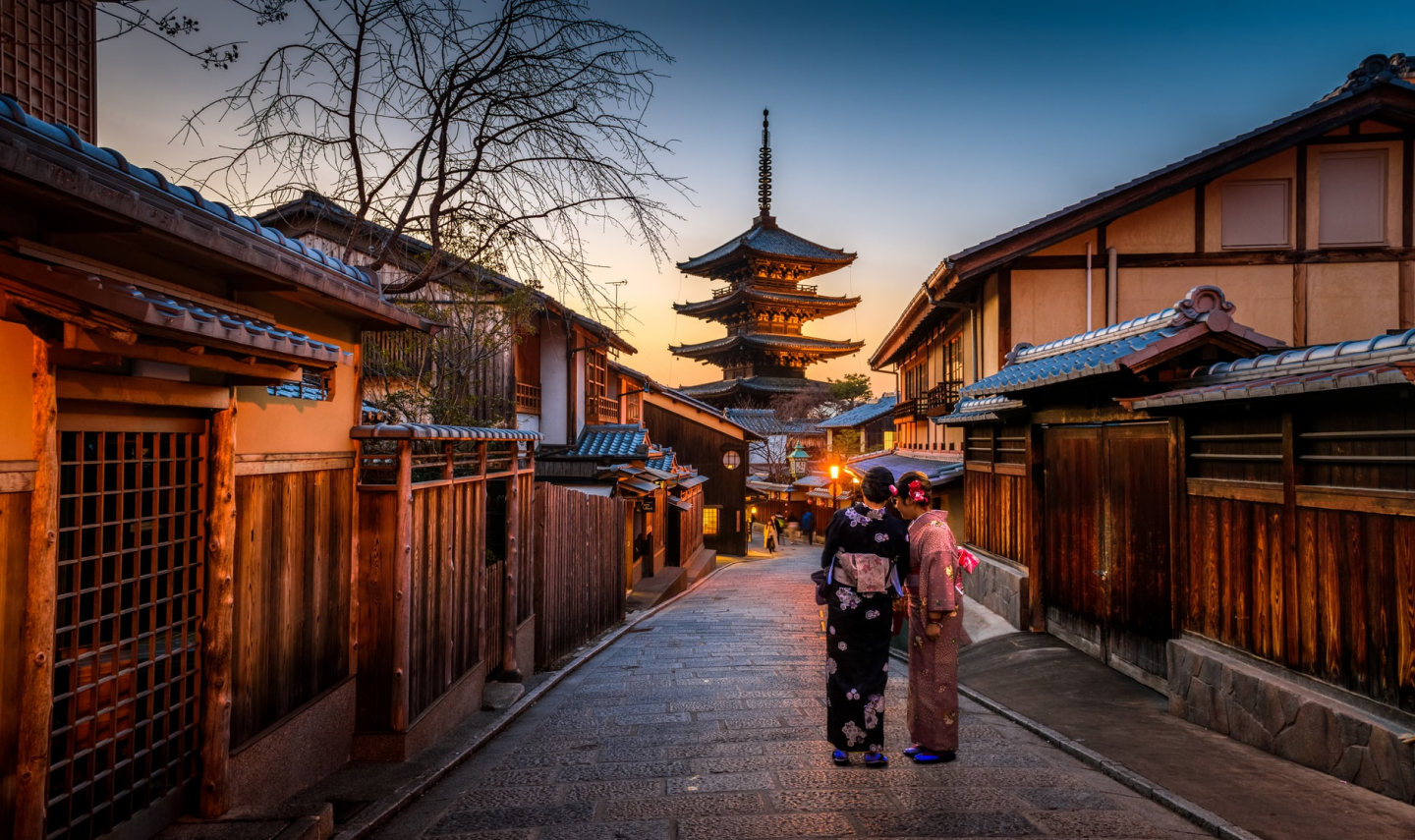If you are looking for a Thailand travel guide covering the best food in this amazing country, you have come to the right place. My Way Travel is here to help you discover Thai cuisine's sweet, salty, sour, and spices. You should expect to recognize certain meals from your favourite Thai restaurant back home when you visit Thailand. However, when you visit the place of origin, you'll find that the flavours and aromas of this familiar dish go on a new level. If you're willing to branch out, you may try interesting takes on well-known dishes and unique Thai specialities you won't find anywhere else.
After spending over a decade exploring Thailand's cuisine, these are my top picks for must-try foods. I highlight the unique qualities of each area in my analysis.
As a part of our culinary tour of Thailand, you might imagine how some of these concepts could mesh.
A brief introduction to Thai food
 Noodle soup Noodle soup |
 Thai street food Thai street food |
Thai cuisine has a nice balance between sour, sweet, salty, and spicy flavours. Fish sauce, the Thai soy sauce, adds saltiness, palm sugar, lime juice, and chilli peppers to provide sweetness, sourness, and heat. They use exotic herbs like lemongrass, galangal (a relative of ginger), and kaffir lime leaves to tone it down.
Evening dinners are often leisurely, spread over a few hours so people can chat and unwind after a long day. Soups, curries, fried meals, and salads are the mainstays, complemented with rice and many iterations of each.
From my travels, I've found that many Thais rely heavily on food to feel a feeling of belonging and comfort. To the point that many expats who go to Bangkok for employment end up becoming ill from the cuisine. One of Thailand's thousand green curries is guaranteed to taste precisely as granny used to prepare it. Herein lies the secret of Bangkok's gastronomic diversity: everyone wants to eat cuisine from their country.
There was a huge line outside of a little Khao Soi stand that I saw once. It turned out that the seller had relocated to the city from up north and that daily, fellow Thais from the north would wait in line for a taste of home.
Although Thailand is home to several Michelin-starred restaurants, I encourage you to go out and try something new. Unassuming eateries and outdoor food stands often provide the greatest food. In case of uncertainty, listen to your advisors' recommendations or choose a spot that is popular among the locals.
Food in Southern Thailand

Southern Thailand is a seafood paradise because of its two coasts, many islands, and fishing communities. They catch it freshly whether you want it fried at a beachside stand or boiled in a coastal restaurant. A red snapper is a popular option among locals. However, sea bass and bream are also available. They make the dish pla with this lean, sturdy fish that works well when cooked with chile and lime and served whole.
The coconuts, lemongrass, and galangal cultivated in this hot, tropical area inspire some of Thailand's most aromatic meals. The Thai green curry, gaeng keow wan, and the red curry, prik gaeng ped, make excellent use of these ingredients. Each seller will have their unique curry paste recipe, which may include chicken, prawns, or even little aubergines.
While the origins of yellow curry (also known as gaeng massaman) are in southern Thailand, Indian immigrants to Malaysia in the 19th century served as its primary influence. This hearty meal is flavoured with cardamom and cinnamon and often consists of potato and pork.
Tom yum goong, a soup that combines spicy and sour flavours, is a great example of the variety of tastes in Thai cooking. It has a subtle but powerful flavour because it combines lemongrass, galangal, kaffir lime leaves, chilli, and coconut milk. If the food is too spicy for your taste, you may always add some sugar to the table as a condiment.
Street food walking tour of Phuket Town

They constructed the modern beach resorts in Phuket after it was a bustling trade town and a major hub for the rubber and tin-mining industries. Coffee shops, galleries, and street vendors have sprung up throughout the historic streets of Sino-Portuguese architecture.
Your local guide will show you the way as you stroll through the back alleys and food courts on a walking tour to try some specialities. I recommend trying a genuine Thai fishcake, which is more spherical than the ones you could get at home. Fishcakes in a bag, sweet chilli sauce, and pickled cucumber are on sale.
The arrival of Hokkiens (Chinese rice merchants) along the coast in the early 20th century also brought Chinese cuisine. You may get steamed buns stuffed with pork and crispy dumplings stuffed with minced pork or spinach on the sidewalk.
Food in Northern Thailand

Northern Thailand is mountainous, bordering Myanmar and Laos on two sides. India and China, both quite distant, are also major players. Indian turmeric and Chinese noodles, dumplings, and fried pig scratchings have also entered northern Thai cuisine.
My recommended meal, khao soi gai, has a murky history. The Thais and the Burmese both lay claim to it. This curry has a thick, almost gravy-like sauce and is distinctive of the area. They cook coconut milk and chicken with spices, including turmeric, potato, and coriander. Noodles are mushy at the bottom, while fried noodles and shallots are crispy above. You may adjust the heat level with the lime and chilli on the side.
You won't notice any meaningful difference between breakfast, lunch, and supper in northern Thailand. While I was up in the north for ten days, my local guide had me eating pad ka prao, a minced pork dish with soy, garlic, and chile, for every meal.
Chiang Mai Night Market
 Night market Chiang Mai Night market Chiang Mai |
 Fried Noodles Fried Noodles |
Every night, the air around Chiang Mai's Ping River becomes tainted with the smoke of many snack-selling street vendors. Sai ua la wan, which translates to "big spiral sausages," is worth watching. These cured sausages' pork, lemongrass, garlic, and lime filling make for a tasty snack. They will remove, slice, and place a piece in a bag for you to enjoy while you stroll around the streets when you purchase a serving.
Insects are one of the most exotic delicacies you may encounter (especially at the largest Sunday night market). There are mountains of crickets, cicadas, grasshoppers, and whirligig beetles for those who are hungry. They come fried and salted in little plastic packets with a touch of spice. Crickets are the perfect introduction to eating insects for a first-timer.
Cooking with a Thai family
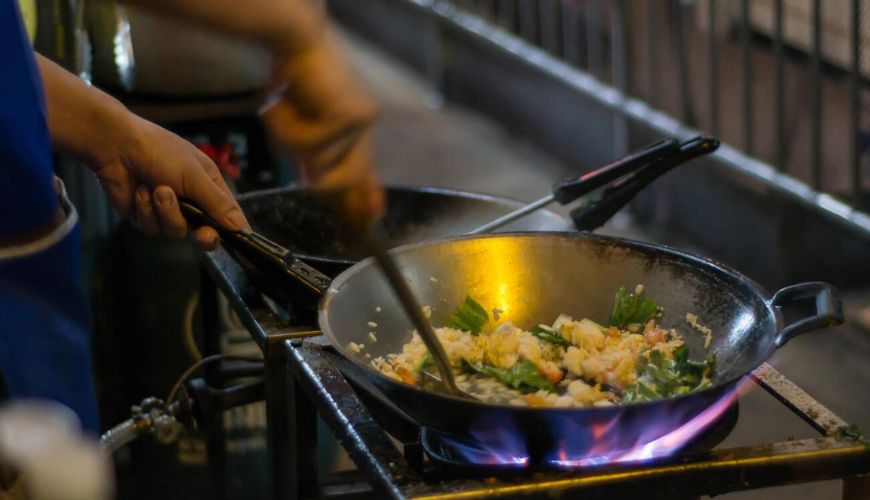
Chiang Mai serves as a jumping-off point for trips to the rural hamlet of Hang Dong. Like many in the area, Mr. Prapat and his family are fruit and vegetable farmers supplying most of Thailand's tomatoes and cucumbers. You may take a tour of their orchard and even assist them in selecting some fruits and vegetables (lychee picking requires especially fine motions with a long pole) used in traditional Thai cooking.
Along with eating their meals, you'll join the family as they cook. Under a pavilion in the garden, you will learn to prepare your curry paste and marinate chicken in a blend of lemongrass, ginger, and garlic. They dry the family's chillies in the oven, and you'll grind them into a fiery sauce with a pestle and mortar.
Food in the Isaan region

Isaan, which borders Laos and Cambodia, is the breadbasket of Thailand. Sandstone Khmer temples, older than Angkor, dot this sparsely populated region, as do tiny settlements whose language is more related to Lao than Thai. You can probably guess where your tuk-tuk driver in Bangkok is from.
The cuisine here is as spicy as the weather in this area of Thailand. The small, fiery chillies that give som tam, a basic green papaya salad seen everywhere, its signature flavour and heat. Since no big towns are in the area, your dining options will be limited to roadside stands and other makeshift establishments.
A street seller was preparing some tam when my guide and I stumbled across him, pounding papaya, garlic, chilli, dried shrimp, lime, and palm sugar together. As a reference to the pounding of pestle and mortar, the meal is also called som tam papaya pok-pok. I could (barely) handle five chiles in my salad while my local guide gobbled about twenty with gusto.
As a nod to Isaan's rural population, many meals use fresh, locally sourced ingredients. Catfish are abundant since the Mekong flows along the edge of the lowlands. It's grilled and served with fish sauce (and chillies) for dipping. The harvest of thousands of small fish for fish paste and sauce begins in November when the rice fields dry up.
Com lam, a kind of sticky rice cooked in bamboo, is the product of a hard day's work in the paddy fields. To prevent rice from flying everywhere when they consume the bamboo, farmers peel it back. You can get this all around Thailand, but the glutinous rice used to produce it originates from this region. Khao neow ma muang, a Thai dessert made of fresh mangoes, sticky rice, palm sugar, and coconut milk, relies heavily on this item.
Travelers may still find some good alternatives for fast meals, even if there are fewer street food booths than elsewhere. The pork, rice, lemongrass, and spice in Isaan sausages make them so hefty that they nearly resemble balls. They're convenient to consume on the go since they come pre-mounted on a stick.
Food in Bangkok

The cuisine in the Thai capital is a melting pot of traditional fare and innovative fusion creations. It's a great chance to branch out and test the waters. You may find Michelin stars at casual eateries and five-star restaurants in this city.
Street-food tour of Bangkok

As you wander the city streets, you'll see vendors selling an overwhelming selection of foods, some concealed by long lines or the smoke of burning charcoal. Since you'll probably start your vacation in Bangkok, a guided food tour is a great way to become acquainted with the local cuisine. A local gourmet may direct you to the best green curry or kafala boran (traditional Thai coffee) at one of the many newly opened stalls or businesses.
They have used the same coconut ice cream recipes for generations at a modest Sino-European ice cream business where your tour guide will take you through the back streets of Phraeng Phuthon, one of the city's oldest neighbourhoods.
You may try durian, a spiky fruit so strong in fragrance that it is frequently served with rubber gloves in Bangkok between June and August. The consistency is similar to mango's, but the flavour is different; you either love or detest it.
Bangkok restaurant recommendations
Hip, cutting-edge cafes, elegant pubs, and award-winning restaurants all pop up as the city speeds toward modernity.
Gaggan
The most well-regarded Thai restaurant serves an unusual blend of Indian, Japanese, and Thai cuisine. There is just one option for dinner: a 25-course tasting menu. Past seasonal menus have featured items like aubergine biscuits, lobster dosas, and ice pops shaped like cartoon Minion characters. It's a performance of a meal, with certain courses set to music or presented without utensils so that diners can get hands-on with their food. You should strongly recommend reservations because the restaurant has two Michelin stars.
Nahm
I recommend Nahm at the COMO Metropolitan if you want something posh but on a budget. Founded by Australian chef David Thompson, the first to build a Thai restaurant with a Michelin star outside of Thailand (London's Nahm), the restaurant's mission is straightforward: to provide only the freshest, most flavorful Thai cuisine possible.
The menu has several authentic Thai meals; the delicate duck red curry is particularly noteworthy. You should highly recommend reservations since Nahm received a Michelin star in 2017.
Vertigo
Vertigo is a restaurant offering breathtaking views of the cityscape. Located on a rooftop patio of Banyan Tree Bangkok, this spot comes alive after dark when the dim lighting illuminates the starry sky. The cuisine offers an international flair, from excellent steaks to beautifully presented seafood platters.
80/20
Charoenkrung is the hottest new neighbourhood in Bangkok, filled with art galleries, design schools, and innovative new businesses.
One of the many new eateries catering to the area's growing creative population is 80/20. The food offers an innovative spin on seasonal organic vegetables from nearby farms (about 80% of the menu).
Start planning your trip to Thailand
Start thinking about your experience. These itineraries are simply suggestions for how you could enjoy some of the same experiences as our specialists. They’re just for inspiration, because your trip will be created around your particular tastes.




